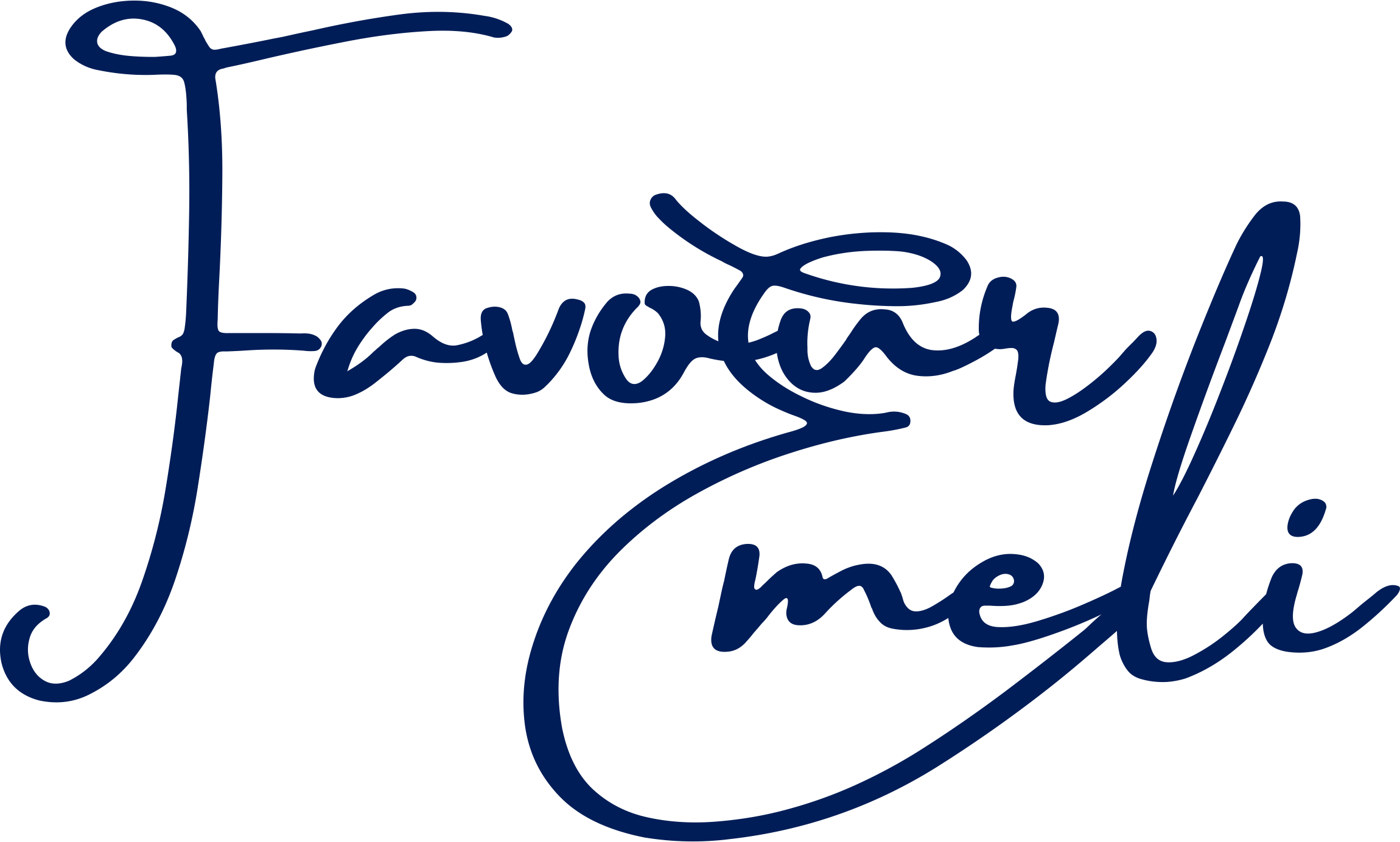Every year, millions of professionals dream of what it would feel like to achieve financial freedom, not in the sense of lavish lifestyles or private jets, but in the ability to reclaim their time and live life on their own terms. True freedom is about waking up without the constant pressure of financial obligations, having the space to pursue passions, supporting loved ones, and enjoying peace of mind without being tied to a paycheck.
Yet for many, the 9-to-5 grind feels like a cycle without escape, marked by bills, deadlines, and unending fatigue. While traditional jobs may provide stability, they often come at the expense of fulfillment and personal growth. The encouraging truth is that breaking free is not just a distant dream. With the right mindset and a structured plan, anyone can achieve financial freedom by following a process rooted in discipline, strategy, and consistent action.
What it Looks Like to Achieve Financial Freedom
Achieving financial freedom is not just about numbers in a bank account; it’s about the lifestyle and opportunities it unlocks. Here’s what it can look like in real life:
- Waking Up Without Stress: Instead of rushing into traffic or dreading the next deadline, you start your day calmly, knowing your income doesn’t rely on a boss or a paycheck.
- Designing Your Own Schedule: Financial freedom allows you to choose how to spend your time; whether it’s working on passion projects, traveling, or dedicating more hours to family.
- Making Decisions Without Fear: Money no longer dictates your choices. You can take career risks, start a business, or shift paths without worrying about financial ruin.
- Enjoying True Flexibility: Freedom means being able to live anywhere, work when you want, and create a lifestyle aligned with your values rather than society’s expectations.
- Giving Back on Your Terms: With financial security, you can support causes you care about and contribute to your community without compromising your own well-being.
How to Achieve Financial Freedom
The path to freedom begins with a strong foundation. The first step is building an emergency fund. This financial safety net gives you stability during transitions and the ability to take calculated risks without putting your well-being at stake.
The next step is mastering your money through intentional budgeting. A budget is not about cutting joy out of your life; it’s about giving every dollar a direction. By eliminating high-interest debt, automating your savings, and spending with purpose, you align your financial habits with your long-term vision.
However, achieving financial freedom requires more than saving money. This is where passive income plays a central role. Consistent strategies, like investing in rental properties, building digital products, or earning dividends, help you create income streams that continue to work even when you are not. The key is to start small, remain consistent, and reinvest profits over time.
Lastly, plan your transition with clarity and confidence. Decide how much monthly income you need to live comfortably, include essential costs like health insurance and taxes, and set a timeline for moving away from your 9-to-5 job. With a clear roadmap, you eliminate uncertainty and position yourself to leave the grind on your own terms.
Conclusion
To achieve financial freedom is a practical goal available to anyone ready to commit to the process. By building a strong safety net, managing your money wisely, and creating multiple income streams, you can escape the paycheck-to-paycheck cycle and reclaim control over your future. You don’t need to wait until retirement to start living life on your terms. The steps you take today can move you closer to independence tomorrow.
Ready to achieve financial freedom and finally break free from the 9-to-5 grind? Grab your copy of the audiobook, Financial Freedom from Your Day Job: Proven Steps to Achieve Independence and Live on Your Terms, and start building the life you deserve. Get the audiobook on Spotify, Google Books and Barnes & Noble

